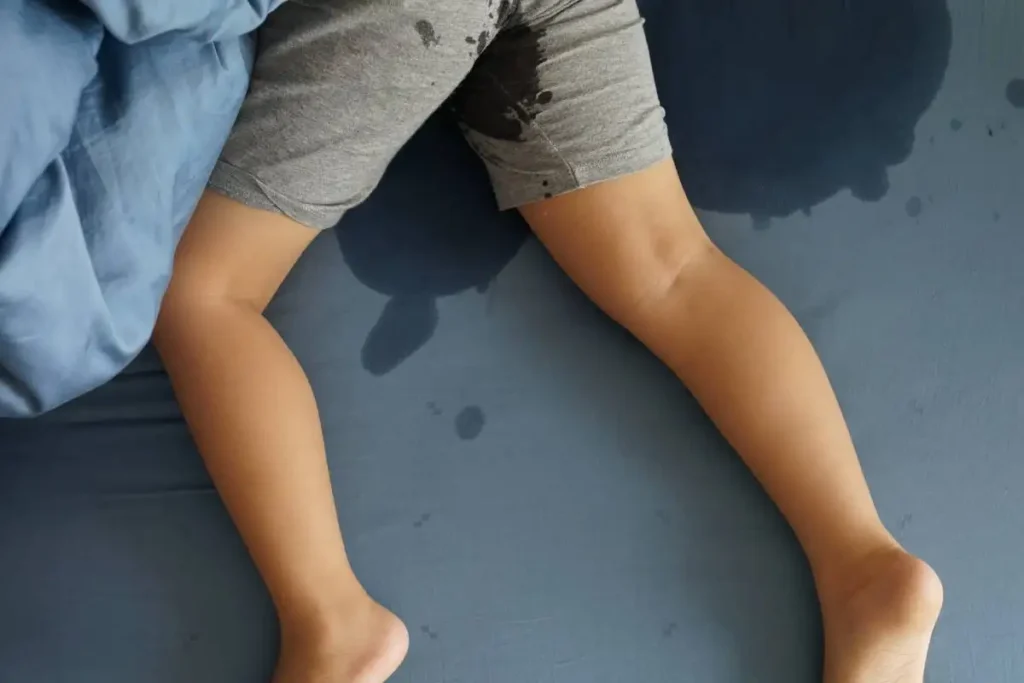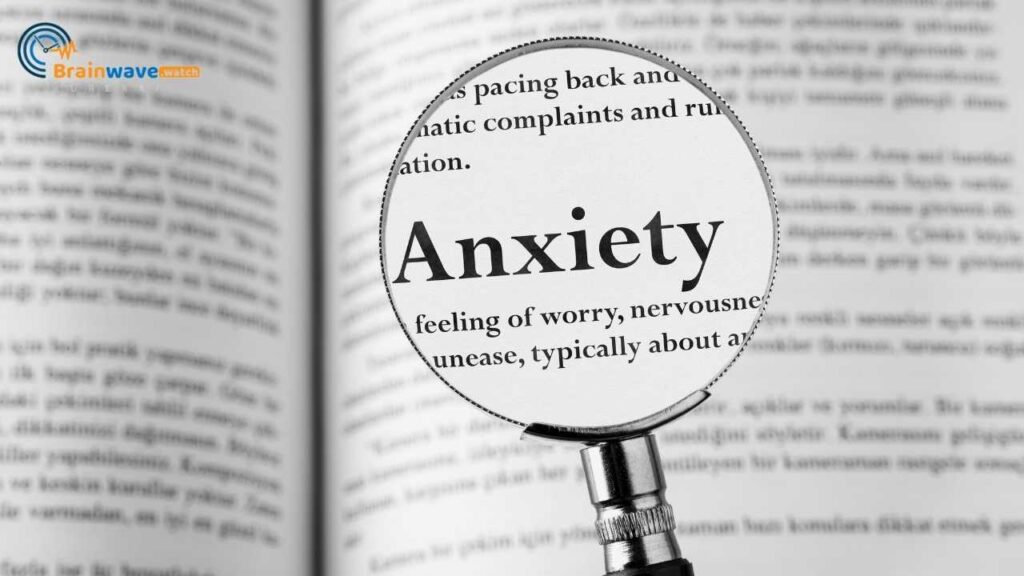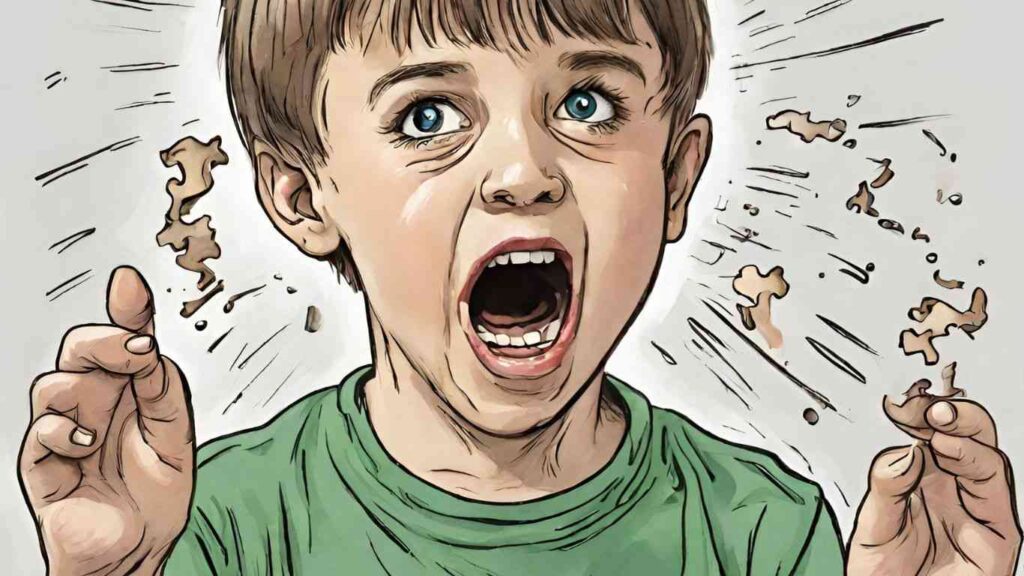Bedwetting is more common among autistic children than their neurotypical peers. This article will provide an overview of the links between autism and bedwetting. We’ll explore the prevalence, causes, impact on families, evaluation options, and both medical and non-medical treatment approaches. Key topics include:
- Rates of bedwetting in children with autism compared to the general population
- Possible reasons for increased prevalence like sensory issues, toilet training challenges, etc.
- How it affects children’s self-esteem and adds stress for caregivers
- Getting a medical workup to identify underlying causes
- Medications, alarms, and other therapies to treat bedwetting
- Making accommodations at home to support nighttime continence
While bedwetting can be frustrating, the good news is that it can often be improved with compassionate support and targeted treatment. There are many ways families and providers can help autistic children gain better control and confidence.
Prevalence of Bedwetting in Autism
Bedwetting, also known as nocturnal enuresis, is a common challenge for many children with autism spectrum disorder (ASD). Studies have found that bedwetting is more prevalent among autistic children compared to the general pediatric population.
One study found that 44% of autistic children experienced bedwetting, compared to an estimated 15-20% of typical children. The prevalence was highest between ages 5-9, declining as children got older. However, bedwetting persisted longer into adolescence and adulthood among those with autism compared to neurotypical peers.
On average, researchers have found that roughly 30% of school-age children with autism spectrum disorder regularly wet the bed. This rate is nearly double the 15% bedwetting prevalence seen in the general population of children.
The increased tendency for bedwetting highlights the interplay between autism symptoms like sensory issues, communication challenges, and difficulties with self-care skills. Finding appropriate treatment and support is key to helping autistic children gain bladder control and self-confidence.
Causes of Bedwetting in Autism
Bedwetting is common among children with autism spectrum disorder (ASD) for a variety of reasons. Two of the main causes are:
Sensory issues leading to lack of bladder control signals: Many children with ASD have sensory processing difficulties. They may have a high threshold for registering certain sensations, including a full bladder. Without the sensory feedback signaling a need to urinate, these children may not wake up during the night when their bladder is full.
Difficulty learning nighttime bladder control: Toilet training and nighttime bladder control involve mastering a complex set of skills. Children must be able to recognize bladder fullness, wake up during the night, get out of bed, go to the bathroom, pull down their clothes, urinate in the toilet, clean up, and return to bed. Autistic children may struggle with one or more parts of this process, making it challenging to stay dry overnight.
Impact on Children & Families
Bedwetting can have a significant impact on children with autism and their families. Socially and emotionally, it can be very difficult for children who experience bedwetting. They may feel embarrassed, ashamed, or anxious about wetting the bed. This can lead to lowered self-esteem. Children may also feel frustrated or sad that they can’t control their bladder at night like their peers.
Bedwetting also disrupts sleep for both the child and parents. Children who wet the bed often wake up multiple times a night, interrupting their sleep cycle. Parents also wake frequently to change sheets and help clean up. This broken sleep pattern leaves both children and parents feeling tired and irritable.
For parents, bedwetting adds extra stress and work. They have to wash sheets and pajamas daily, which takes time and effort. Parents may feel exhausted from the night wakings, which can affect their ability to care for their child during the day. There is also the cost of extra laundry supplies, mattress protectors, and pull-ups to handle the bedwetting. Helping a child with autism cope with bedwetting requires patience and compassion, which can be emotionally taxing.
Getting a Medical Evaluation
If your child with autism is struggling with ongoing bedwetting, it’s important to have them properly evaluated by a doctor. The first step is usually to see your pediatrician and share your concerns about the bedwetting. Describe how often it happens when it happens, and if there are any other associated symptoms.
The pediatrician will likely do an initial assessment which may involve:
- Discussing your child’s medical history and development
- A physical exam focusing on the abdomen and genital area
- Urine test to check for signs of infection
- Questions about your child’s toilet habits and fluid intake
Based on this initial evaluation, the pediatrician may refer you to specialists for further assessment and testing:
-
A neurologist can evaluate whether the bedwetting is related to an underlying neurological issue.
-
A urologist can do specialized tests to look for anatomical problems with the urinary tract or bladder function.
-
A sleep specialist may be consulted if sleep patterns or disorders are contributing to bedwetting.
-
A developmental-behavioral pediatrician can guide behavioral therapies.
The medical evaluations will help pinpoint any physical or developmental factors contributing to the bedwetting. Once the cause is identified, the doctors can advise on appropriate treatment options and management strategies. Being proactive with medical care is key to addressing bedwetting challenges in children with autism.
Treatment Options
Several approaches can help manage bedwetting in children with autism:
Medications
Medications like desmopressin can help reduce bedwetting episodes by decreasing urine production at night. These medications are generally safe when used properly under a doctor’s supervision. They work best when combined with other therapies.
Behavioral Therapies and Routines
Establishing a consistent bedtime routine, and positive reinforcement through rewards or privilege systems can help motivate children to wake up for nighttime bathroom trips. Scheduled nighttime awakenings, and fluid restriction in the evening, are other behavioral approaches. Physical therapy for children with sensory issues may also be beneficial.
Assistive Devices
Bedwetting alarms that go off when moisture is detected can condition children to wake up. Absorbent underwear, moisture sensors, and waterproof mattress covers can all help manage accidents. Finding the right products to make children feel comfortable and secure is key.
The most effective treatment plans combine medication, behavioral strategies, and assistive devices tailored to the child’s needs. With patience and consistency, families can find an approach that reduces bedwetting over time.
Creating a Supportive Home Environment
For families dealing with bedwetting and autism, creating a supportive home environment is essential. This involves working collaboratively with your child, encouraging them without shaming, and also prioritizing self-care as a parent.
Working with Your Child on Routines and Self-Care Skills
It’s important to involve your child in establishing a bedwetting routine. Work together to set up a predictable pattern for using the bathroom, changing clothes, and washing sheets. Visual schedules, social stories, and reward systems can help. Gradually build your child’s independence with self-care skills like dressing and hygiene. Avoid scolding or punishments if accidents happen.
Encouraging Your Child and Avoiding Shaming
Stay positive and reassuring if bedwetting occurs. Comfort your child and remind them it’s okay. Avoid expressing anger, frustration, or disgust. Never shame or belittle them. Instead, empathize and say you know it’s difficult. Praise any progress and efforts. Focus on solutions, not the problem.
Self-Care for Parents
Caring for a child with autism and bedwetting can be exhausting. Make sure to prioritize your self-care. Get enough sleep, take time for yourself, and ask your partner, family, or friends for support when needed. Seek counseling if you’re feeling overwhelmed. Be patient, seek solutions, and know that this challenge will get easier.
Outlook and Prognosis
Bedwetting is a common challenge for children with autism, but the outlook is generally positive with the right support and treatment. Many children eventually outgrow bedwetting as they get older, especially with interventions started early. However, autism can make potty training more difficult, so ongoing management may be needed long term in some cases.
The key is not to punish or shame the child for bedwetting accidents but instead approach it calmly and consistently. Be patient and celebrate small successes along the way. Work closely with your child’s doctor and therapists to find the best treatment options. Although bedwetting can be frustrating, try to maintain a positive attitude and reassure your child that it’s a common issue that can improve over time. With the right support, most children with autism can overcome bedwetting or learn to manage it effectively.
Conclusion
Bedwetting is a common challenge for many children with autism spectrum disorder. As we’ve discussed, the causes likely involve developmental delays, communication difficulties, sensory issues, and other autism-related factors. While frustrating, bedwetting does not mean your child is doing anything wrong or that you’ve failed as a parent.
The key is to approach it with patience, compassion, and medical guidance. Work closely with your child’s doctor to explore potential reasons and rule out any underlying conditions. Discuss treatment options like bedwetting alarms, medication, or dietary changes. Also focus on creating a shame-free, supportive environment at home. With time and consistency, most children can overcome bedwetting.
More research is still needed to fully understand the connection between autism and bedwetting. But the outlook can be positive with the right professional help and encouragement at home. Above all, remind your child that this does not define who they are. With love and support, they can gain control and confidence.







